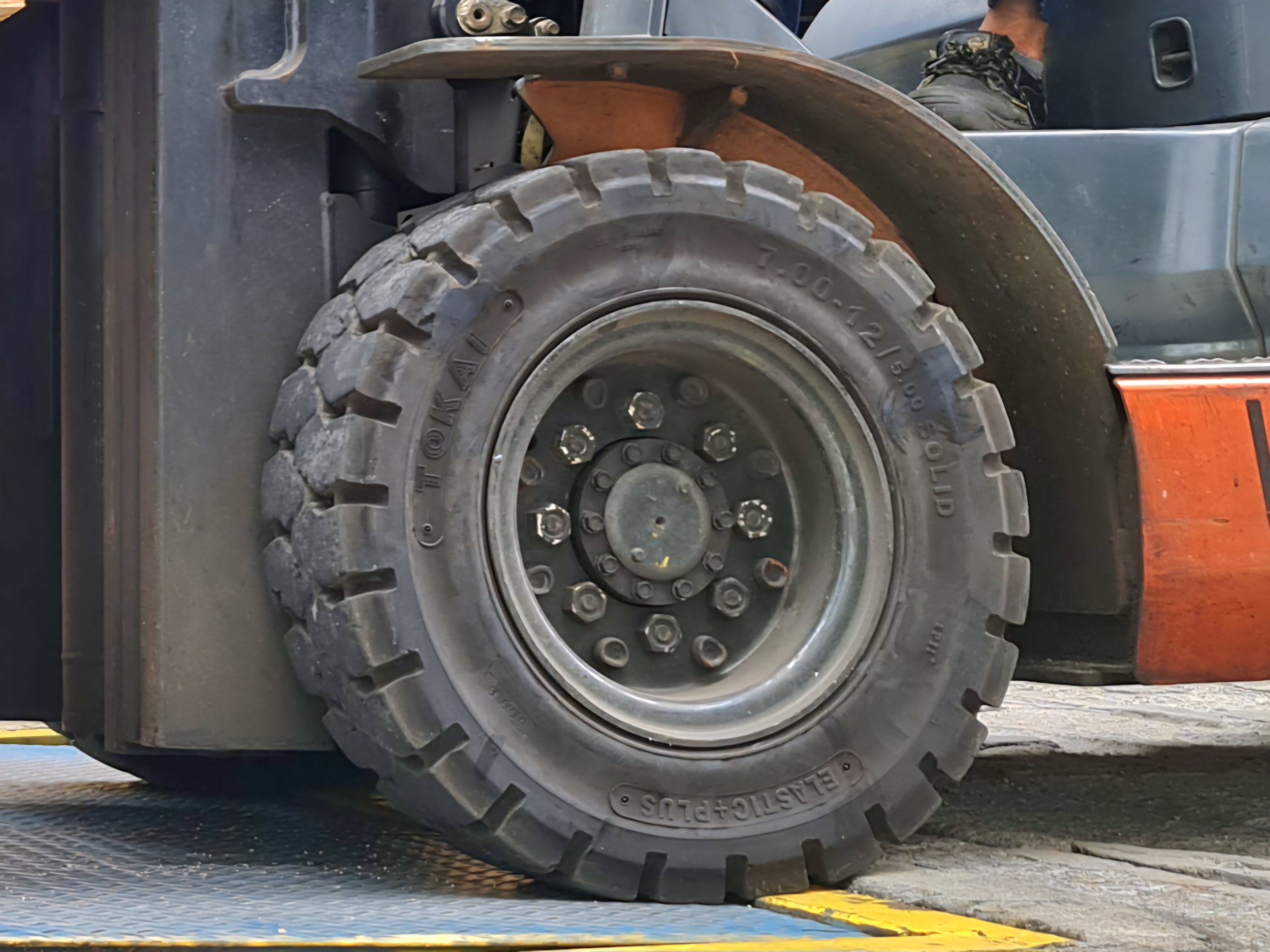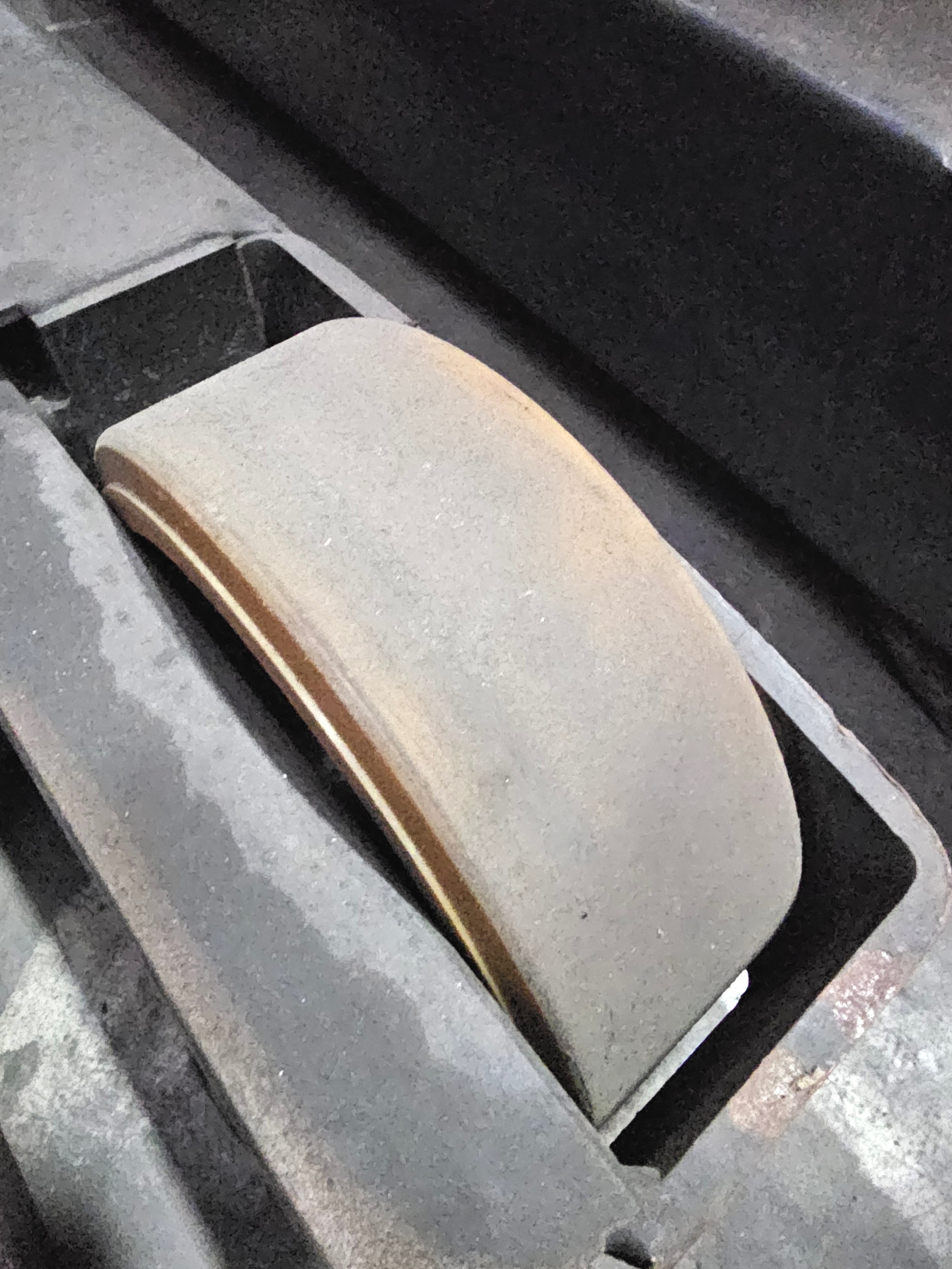Why Solid Tires Are Essential for Forklifts and Reach Trucks
Forklifts and reach trucks are indispensable in the world of logistics and material handling, ensuring the efficient movement of goods in warehouses, factories, and distribution centers. One critical component of these machines is their tires, which must provide stability, durability, and safety under demanding conditions. This is why solid tires are often the preferred choice over air-filled tires for these vehicles
The Safety Imperative
The primary reason forklifts and reach trucks use solid tires is safety. In environments where these vehicles operate, such as warehouses with sharp debris, industrial sites, or outdoor yards, the risk of a tire puncture is significant. A punctured air-filled tire can cause sudden deflation, leading to instability. Imagine a forklift lifting a heavy load several feet above the ground when a tire suddenly loses air. The consequences could be catastrophic, including tipping over, damaging goods, or causing serious injury to operators and nearby workers
Historical Context
The use of solid tires dates back to the early days of industrial machinery. Before the invention of pneumatic (air-filled) tires, solid rubber tires were the standard for all vehicles. They were durable and could handle rough terrains without the risk of deflation. As industries evolved, the need for reliable and safe operations in material handling led to the continued preference for solid tires in certain applications.
Advantages of Solid Tires
Puncture Resistance: Solid tires are impervious to punctures and air loss, providing a consistent and reliable performance. This makes them ideal for environments with sharp objects or debris, such as construction sites or metalworking facilities.
Stability and Load Handling: Solid tires provide excellent stability, which is crucial when lifting and transporting heavy loads. The consistent surface contact with the ground ensures that forklifts and reach trucks remain steady, reducing the risk of tipping.
Durability: Made from tough rubber compounds, solid tires can withstand significant wear and tear, making them more durable than their pneumatic counterparts. This longevity translates into cost savings over time, as solid tires require fewer replacements and less maintenance.
Versatility: Solid tires are well-suited for both indoor and outdoor use, offering good traction on a variety of surfaces. This versatility makes them a popular choice for businesses that require their forklifts to operate in diverse environments.
Reduced Maintenance: Unlike air-filled tires, which require regular pressure checks and potential repairs, solid tires are virtually maintenance-free. This reduces downtime and ensures that forklifts are ready to operate whenever needed.
Real-World Examples
Consider a warehouse where forklifts frequently encounter stray nails, metal shavings, or broken pallets. The use of solid tires eliminates the worry of a flat tire disrupting operations. Similarly, in outdoor construction sites where terrain can be uneven and littered with debris, solid tires provide the reliability needed to navigate these challenging conditions without the risk of puncture.


Differences Between Polyurethane Wheel and Solid Tire
Material Composition: While solid tires can be made entirely of rubber, polyurethane tires are specifically made from a polymer that offers additional benefits like reduced weight and enhanced chemical resistance.
Performance Characteristics: Polyurethane tires may offer better shock absorption and a smoother ride compared to traditional solid rubber tires due to the material's inherent properties.
Specific Use Cases: Polyurethane tires are often preferred in environments where noise reduction and floor protection are important, such as indoor warehouses with delicate flooring.